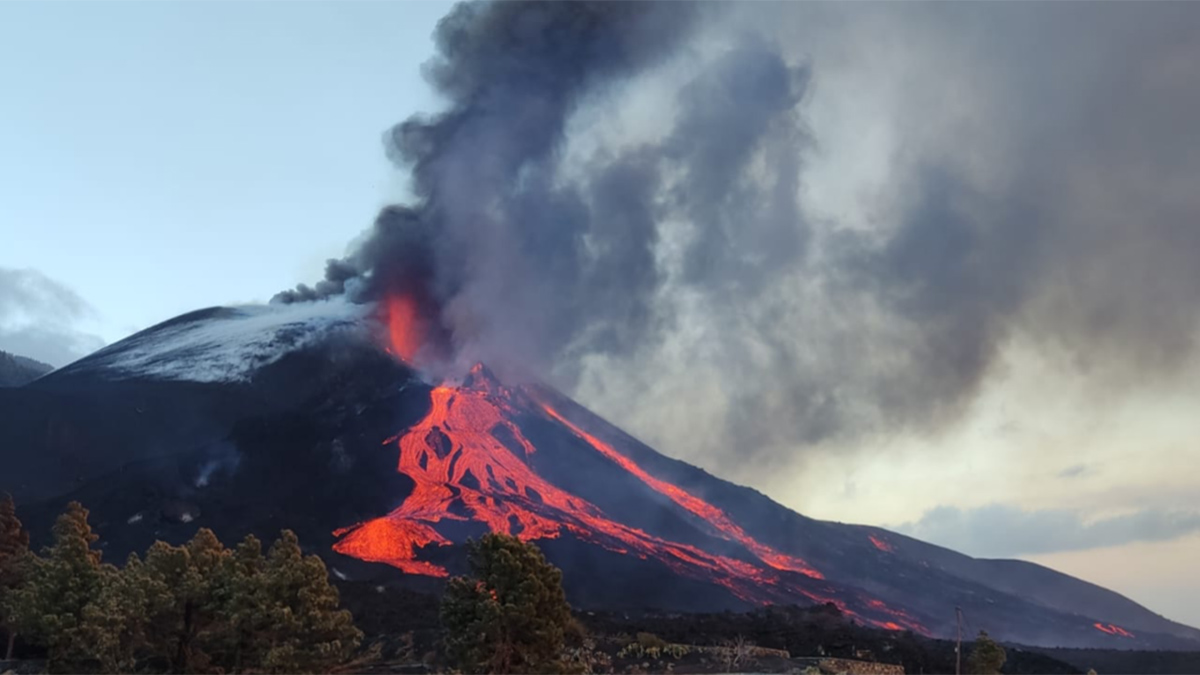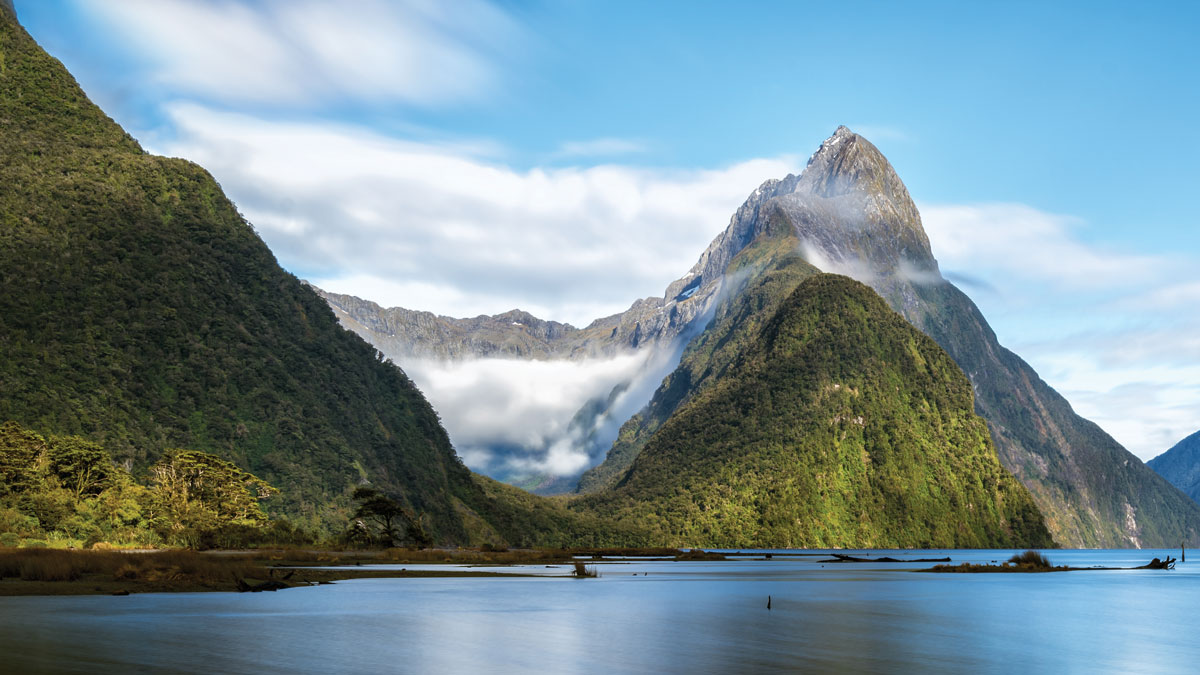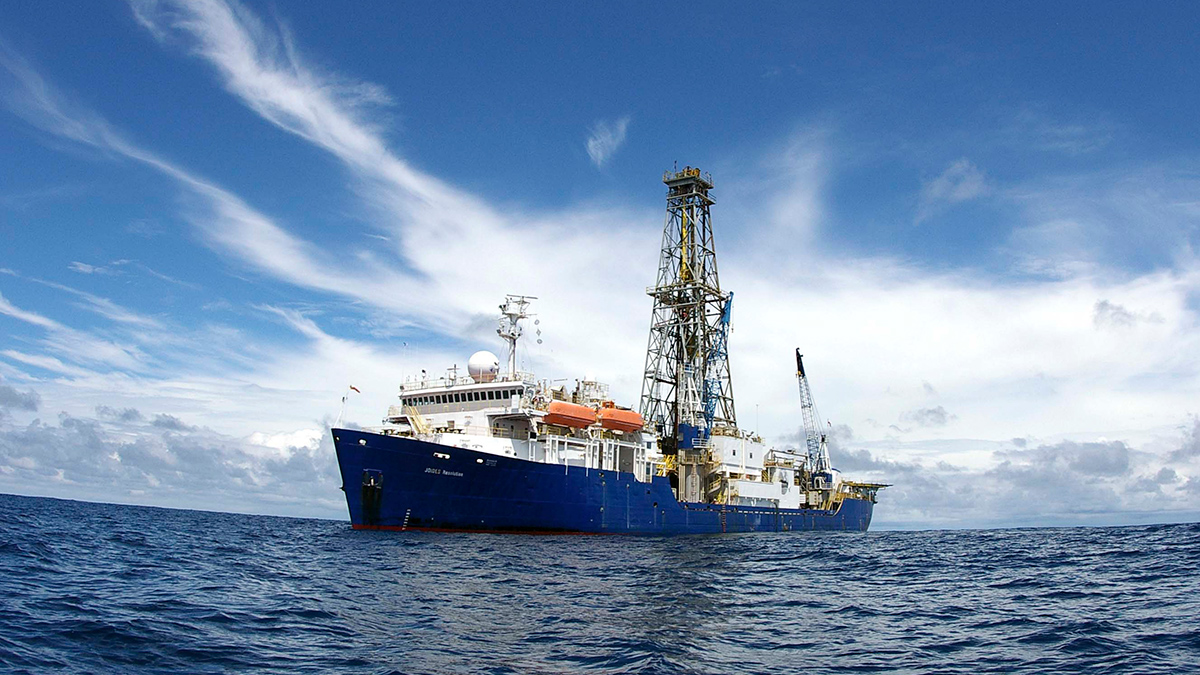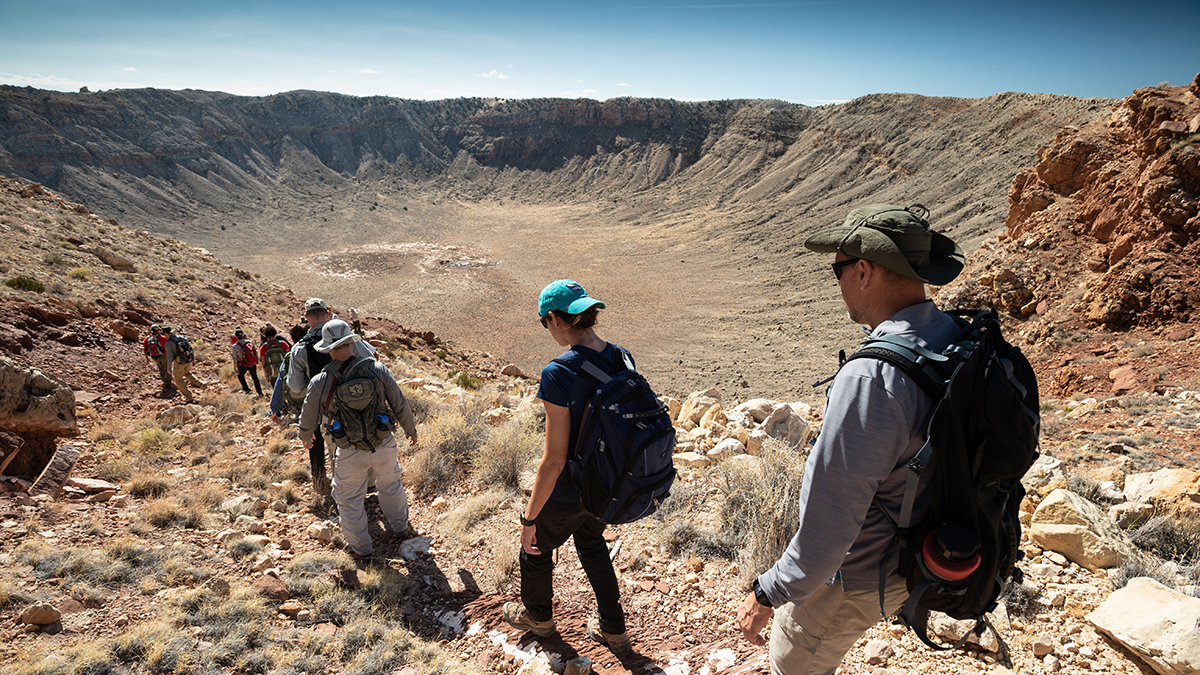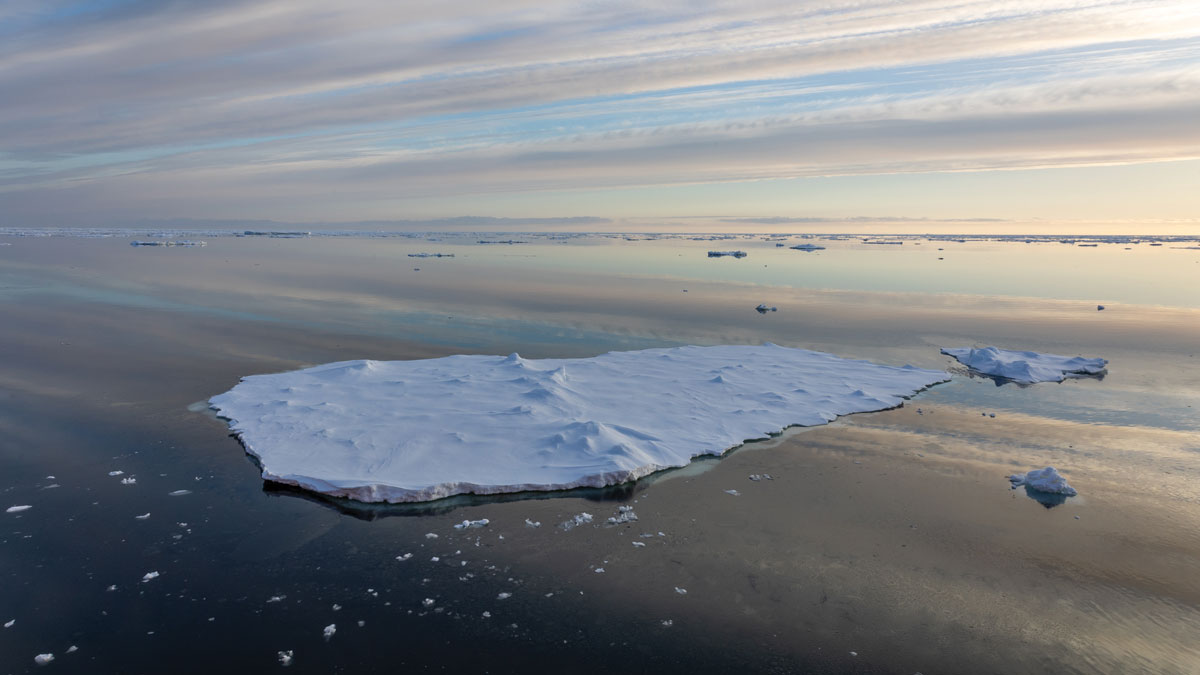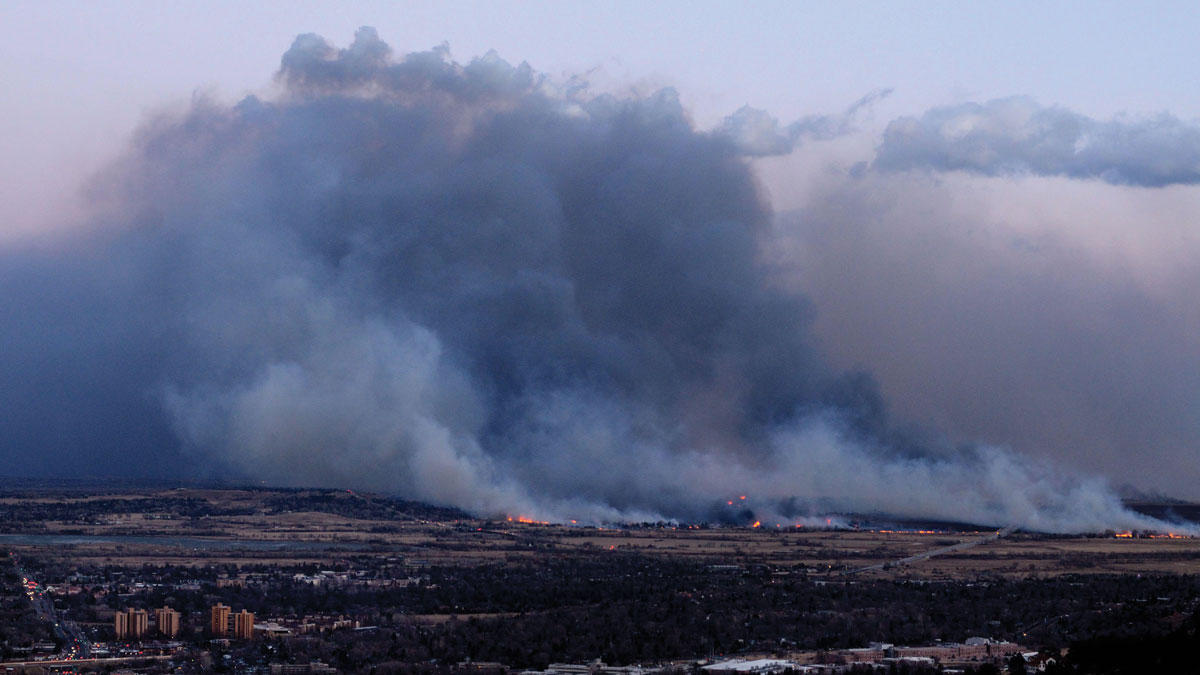Testing during the 2021 Tajogaite eruption on La Palma demonstrated the value of near-real-time petrological analyses as a supplement to seismic and geochemical data for eruption monitoring.
fieldwork
Earth’s Eighth Continent
Our October issue digs deep into the rich Earth science in and around Aotearoa New Zealand.
An Unprecedented Experiment to Map Kīlauea’s Summit Magma System
Dozens of researchers deployed nearly 2,000 seismic stations—and a T-Rex—to better illuminate subsurface structure and magma storage below the summit of the highly active volcano.
Exploring New Zealand’s Remote Fjords
Doing research in Fiordland—a vast territory of mountains, forests, and fiords in southwest New Zealand—takes ingenuity, collaboration, and a really good raincoat.
How Great was the “Great Oxidation Event”?
Geochemical sleuthing amid acid mine runoff suggests that scientists should rethink an isotope signal long taken to indicate low levels of atmospheric oxygen in Earth’s deep past.
The JOIDES Resolution Embarks on Its Final Expedition
On the ship’s last cruise, scientists will collect data to help predict future effects of climate change.
The Art of Doing Fieldwork on the Moon
How early-career planetary scientists are preparing to support the astronauts who will return to the lunar surface and beyond.
Confined at Sea at the End of the World
Embedded on a research cruise in the Antarctic, a journalist joins a scientists’ “summer camp.”
Charting New Territory
From the abyss of the Antarctic to proxy lunar landscapes in Arizona, fieldwork gives Earth and space scientists insight and experience.
When Fieldwork Comes Home
The impacts of the 2021 Marshall Fire rippled through a community of Colorado geoscientists, spurring them to action.

